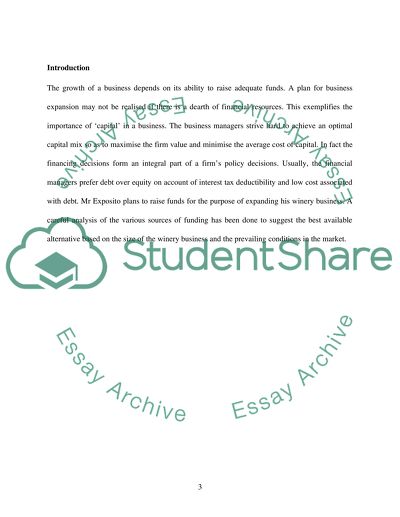Cite this document
(“Financial Markets - Raising Capital Essay Example | Topics and Well Written Essays - 3000 words”, n.d.)
Retrieved from https://studentshare.org/environmental-studies/1409487-financial-markets-raising-capital
Retrieved from https://studentshare.org/environmental-studies/1409487-financial-markets-raising-capital
(Financial Markets - Raising Capital Essay Example | Topics and Well Written Essays - 3000 Words)
https://studentshare.org/environmental-studies/1409487-financial-markets-raising-capital.
https://studentshare.org/environmental-studies/1409487-financial-markets-raising-capital.
“Financial Markets - Raising Capital Essay Example | Topics and Well Written Essays - 3000 Words”, n.d. https://studentshare.org/environmental-studies/1409487-financial-markets-raising-capital.


